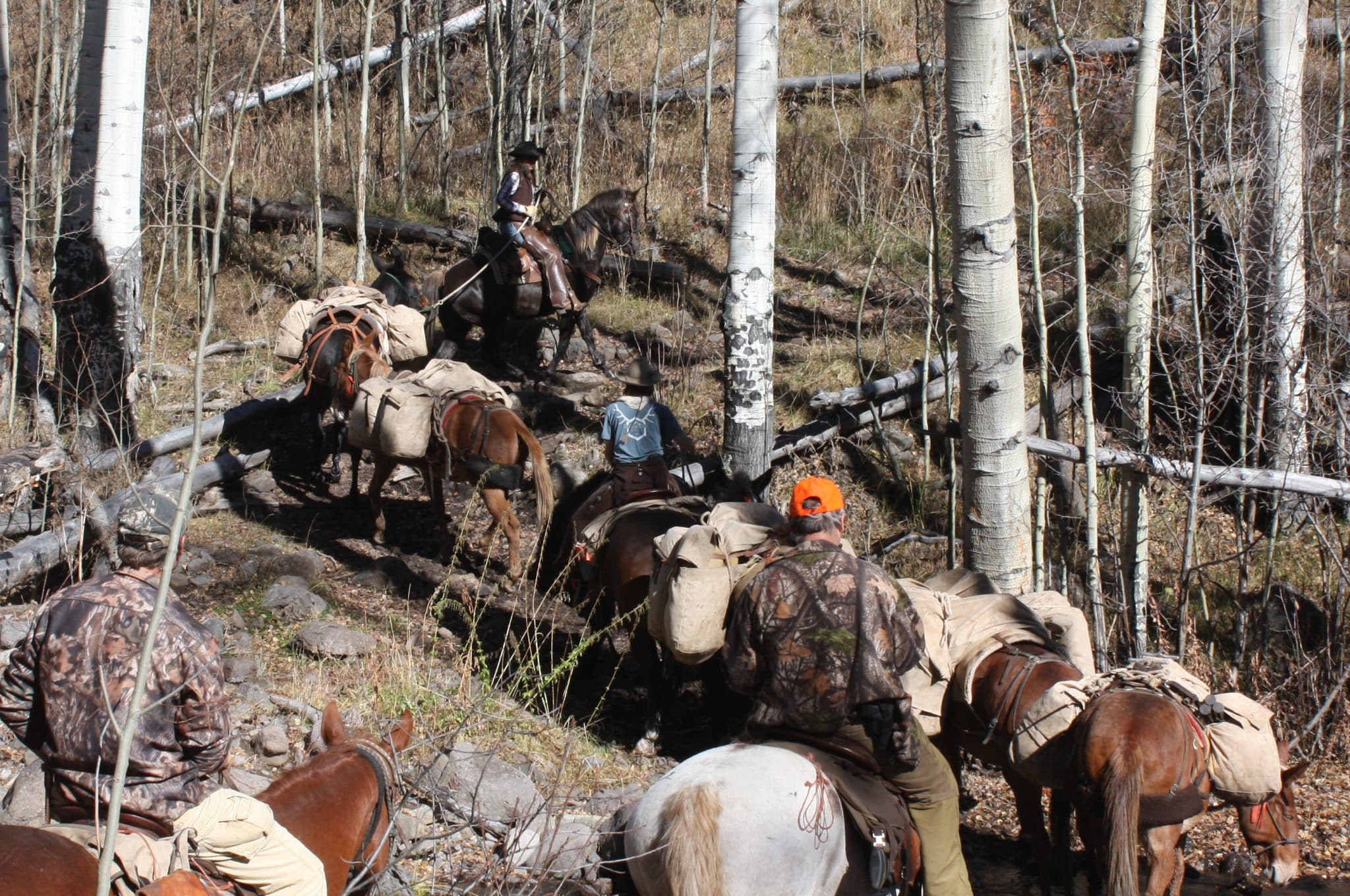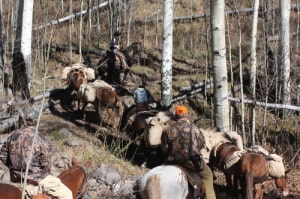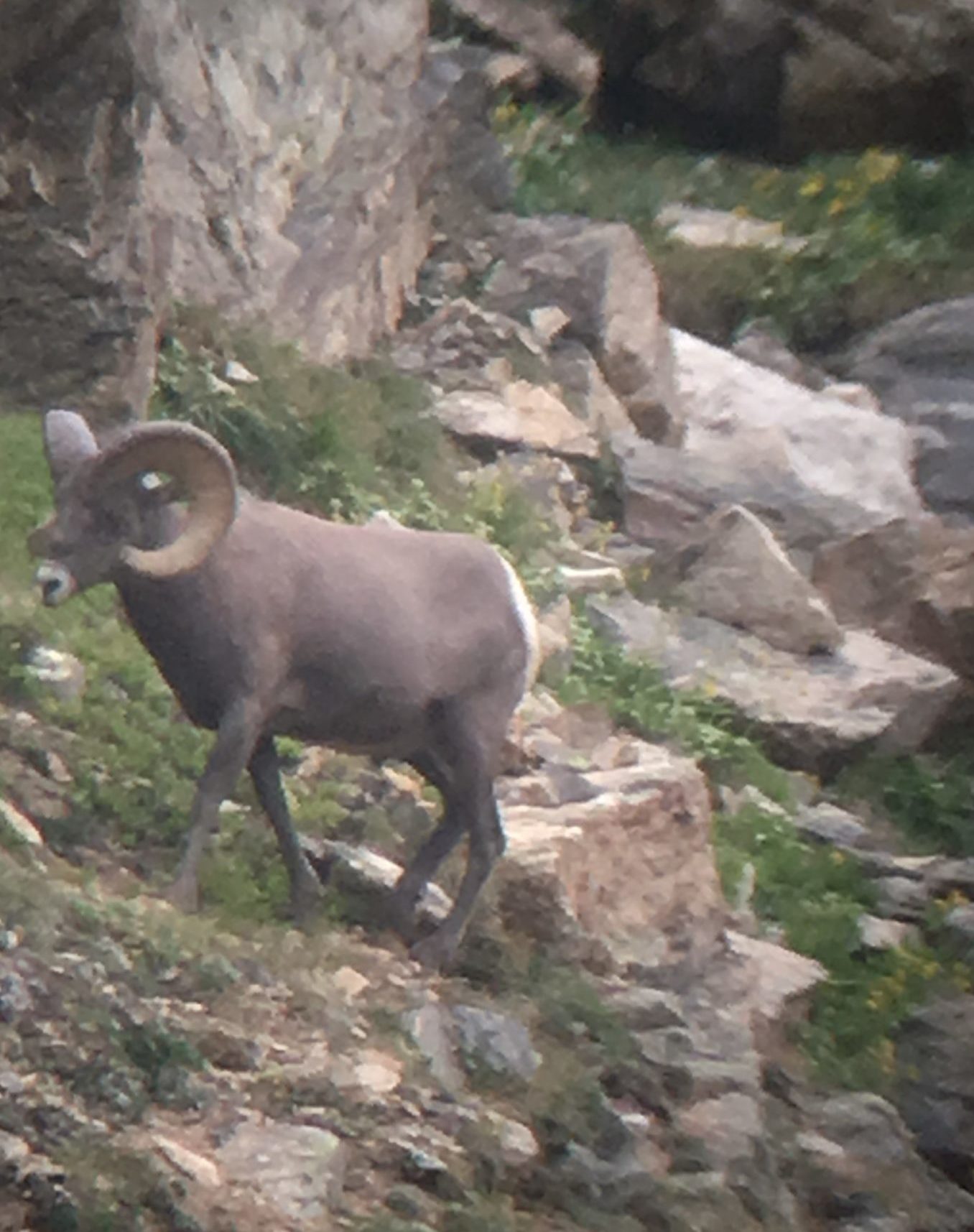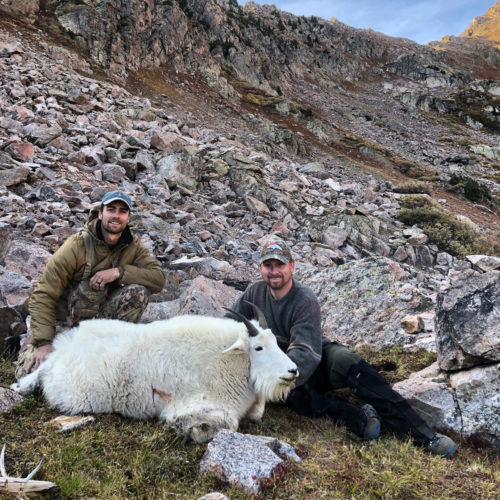One of the highlights of any wilderness hunting trip is packing in on our four legged friends, horses and mules. The Native Americans, Spanish, Mongols, and early Americans, tamed and conquered the uncharted nooks and crannies of our planet by being expert packers and horsemen. Your wilderness hunt gives you the opportunity to experience this piece of human history. The world of packing has changed little over the past thousand years.
However, our method of travel is also a point of frustration and anxiety for many hunters. What are the limitations? How does food need to be packed? Should I just figure it out when I show up? All of these are valid questions that us outfitters have failed to answer in a thorough and complete manner. We try to describe it over the phone and write detailed rules, but my outfitter brothers and I just can’t hit the mark. That is, UNTIL NOW!
The FT Guides Team just finished putting together a video that covers the nuts and bolts. From packing gear, packs, coolers, bows and rifles, to fishing poles and sleeping bags we describe how it works. After the below video I’ve written additional details that support all the topics in the video. Understanding this topic will help you prepare, and it will help us streamline your trip from the pack station. Hope you enjoy!
How We Pack
We pack 90% of gear on mules with decker pack saddles, canvas panniers and top covers, all finished up with a Bosco Hitch. This style of packing is consistent, safe, and versatile. One canvas pannier is on each side of the mule, with a small and soft top-pack in between the panniers, on the animal’s back. Total weight on the animal is 130-160lbs. After tack and panniers, this equates to 100-120lbs of actual gear on each pack animal.
When you arrive, we will help you unpack and take a look at your gear. In most cases, we will check your gear and then get you on riding horses so you can head into camp. Your gear will be packed by our packers and be right behind you on the trail. In some cases, particularly with small groups, the pack animals will join the riding stock and go in together.
Bags and Size Limitations
The main point on bags is that we need to be able to match weight and, to a lesser extent, bulk on each side of the mule. This means no single, large bags. It is impossible for us to pack a single bag the weighs over 65lbs without taking items out of the bag. This means you need to pack your gear in one bag in the 50lb range or in several small bags. These bags must be soft so we can handle them in the panniers and minimally compress them on the pack stock.
I personally find the best method is to combine both concepts. I organize my gear into plastic bags or dry bags. Clothes in one, calls and game cleaning gear in another, etc… I then put those bags inside a larger pack. This way my gear can be packed as a whole large bag or broken down into smaller bags. Regardless of how the gear ends up packed on the mules, I do not lose the organization of my gear.
When thinking about dimensions for awkward items like chairs, fishing poles, etc…, reference the segment of the video that shows what our panniers look like. We keep are packs tight, compressed, and streamlined on the mule as a safety precaution. This style also gets our hunters into camp on time, with less delays. Items must fit in the panniers with little overhang. Nothing can be longer than 32″. There are other outfitters and packers out there that push the limits and attempt to pack just about anything. This is a lot like the time I paid a guy in Thailand $10, so I could put his tiger in a headlock for a photo op. Just because I didn’t die, doesn’t mean it was a good risk-adjusted choice. You do it enough, and you’ll eventually be tiger shit.
Food and Coolers
Pack food that isn’t drastically different than your normal diet. High altitude can affect your digestive system. The last thing you want to do is add an additional variable. Focus on high caloric foods and make sure to pack some food that can go with you in your day pack while hunting. If you have someone in your group who wants to spend time being a cook, plan out several enjoyable meals. If not, focus on meals you will enjoy but are easy to prepare. Pack a couple easy meals regardless of your cooking intentions, sometimes circumstances make an easy prep meal a godsend.
Steaks, burgers, fruit, potatoes, toast, bagels, buns, eggs, sausage/bacon, ham, canned goods, cheese, and slow to perish vegetables (carrots, broccoli, green beans etc…) are all common. Don’t forget cooking oils.
Assume that half your weight limitation will be used for food. This usually means 50lbs per person for drop camp hunters, or roughly 7lbs a day. This limitation includes the weight of packaging so consider repackaging.
Frozen and perishable food should be packed in coolers that weigh less than 65lbs a piece and are near the 48 quart volume size. Rough dimensions are 15″x16″x28″ (a little larger than what we describe in the video). If your group is bringing an even number (2,4,6) number of coolers, pair the coolers so we have matching weight coolers to pack on the mules (one on each side of a mule).
Frozen food stays best if wrapped in several layers of newspaper in a cooler without ice. Perishable food can be placed in a cooler with block ice, which stays useful for multiple days. If your hunt is after we have permanent snow on the ground, don’t bring ice. Eggs and bread can be packed on the top in coolers. Always pack your heavy food on the bottom of coolers first. Anything you prefer not to be compressed needs to be in the cooler. You can always reorganize things from boxes to coolers once you get into camp.
Food can be brought to base camp in cardboard boxes. Smaller wax boxes of heavy cardboard that are tightly wrapped with tape work best. We will pack the items to make even loads for the mules.
Rifles
Your rifle will be packed on your riding saddle in a leather scabbard. These scabbards do not cover the butt part of your stock. We purposely do not use full scabbards or large synthetic scabbards because of their width. Our goal is to keep the scabbard rifle as thin as possible. The thicker the gun, the more imbalance and knee pain it can cause for the rider. For individuals that don’t ride everyday, a fat gun under your knee for three hours is more painful than a vegan diet.
Bringing a rifle with a physically smaller scope can also benefit you on the ride for the same reasons.
Bipods must be removable so we can get your gun into the scabbard. It is best to pack your bipod before arrival, so it does not get misplaced during pack-in.
Bows
Packing bows is an art form. We have tried different things over the years, and our policy did change in 2015. The best possible scenario is a slim fitting hard-case that we can pack in the panniers. If that case can match another hunter in your group, we are off to the races.
If your case is too bulky, you will need to wear your bow on a sling during the ride in. Make sure to bring a sling to accommodate this possibility. You will want to adjust the sling so you have the bow as far up your back as possible.
Recurve and longbows are best packed without the string. They pack well into long rifle scabbards that we provide.
Pack all broadheads, releases and archery tools in a hard tin that you pack in your gear. This is a safety precaution and guarantees you will have what you need when you get to camp. An allen wrench back in the truck or laying on the trail is about as good as a three legged mule. Pack your arrows in a tube (pvc tube is fine).
Other outfitters have different methods, but as bow hunters ourselves we know how important it is to protect your bow and sights. The method above works best.
What goes with you on the trail?
You will be provided with saddlebags on your riding horses. The idea here is minimal, minimal, and more minimal. The lighter and more equal the saddlebags are, the less shifting of the saddle during your ride. This means a more comfortable and safe ride.
Bring a water bottle, rain gear, small camera, and any important safety items you need. This includes medication that you may need to have during the ride, e.g. an Epi-Pen for those with anaphylaxis history. I also always recommend that everybody keep a simple fire starting method on their person at all times.
Pack these items in a small separate bag (ziplock is fine), so you don’t have to tear through your main gear as we get you ready to mount your riding horse.
Sleeping Bags and Pads
In our gear lists we detail what rating sleeping bag you should bring. It varies by season. Mummy bags are fine, but I personally prefer rectangular bags for comfort and ease of temperature regulation. We do provide high quality cots and basic foam pads. Some hunters still like to bring an additional camping sleeping pad. Wrap your pad and sleeping pad into a soda can shape and compress it with straps of rope. This helps us a ton and allows us to save pannier space by top packing your sleeping gear.
We hope you found this article and video helpful and at least mildly entertaining. Send us any additional questions you have on the wilderness hunt pack-in. We are all looking forward to a great 2015 season. Some big bulls made it through winter.



